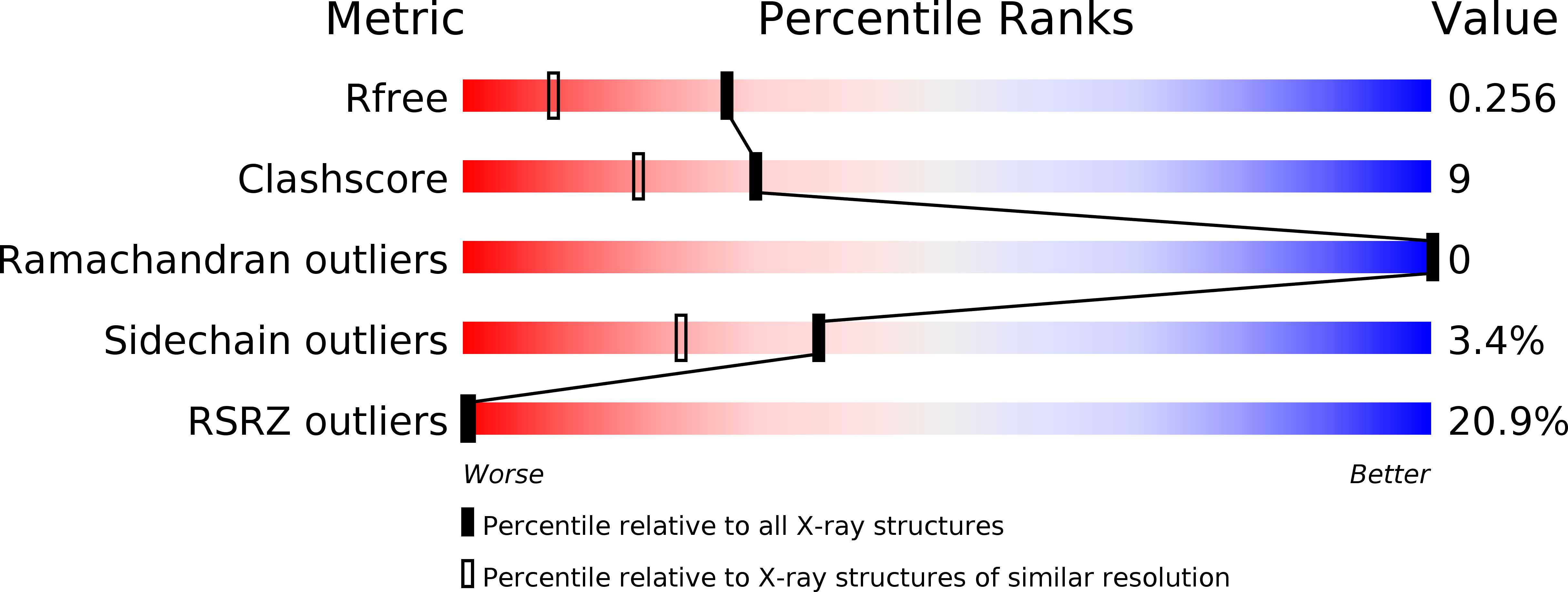
Deposition Date
2007-02-07
Release Date
2008-06-17
Last Version Date
2023-08-30
Entry Detail
PDB ID:
2OT5
Keywords:
Title:
Crystal structure of the HIV gp41 core with the enfuvirtide resistance mutation N43D
Biological Source:
Source Organism:
human immunodeficiency virus type 1 (Taxon ID: )
Host Organism:
Method Details:
Experimental Method:
Resolution:
1.80 Å
R-Value Free:
0.25
R-Value Work:
0.23
R-Value Observed:
0.23
Space Group:
H 3


